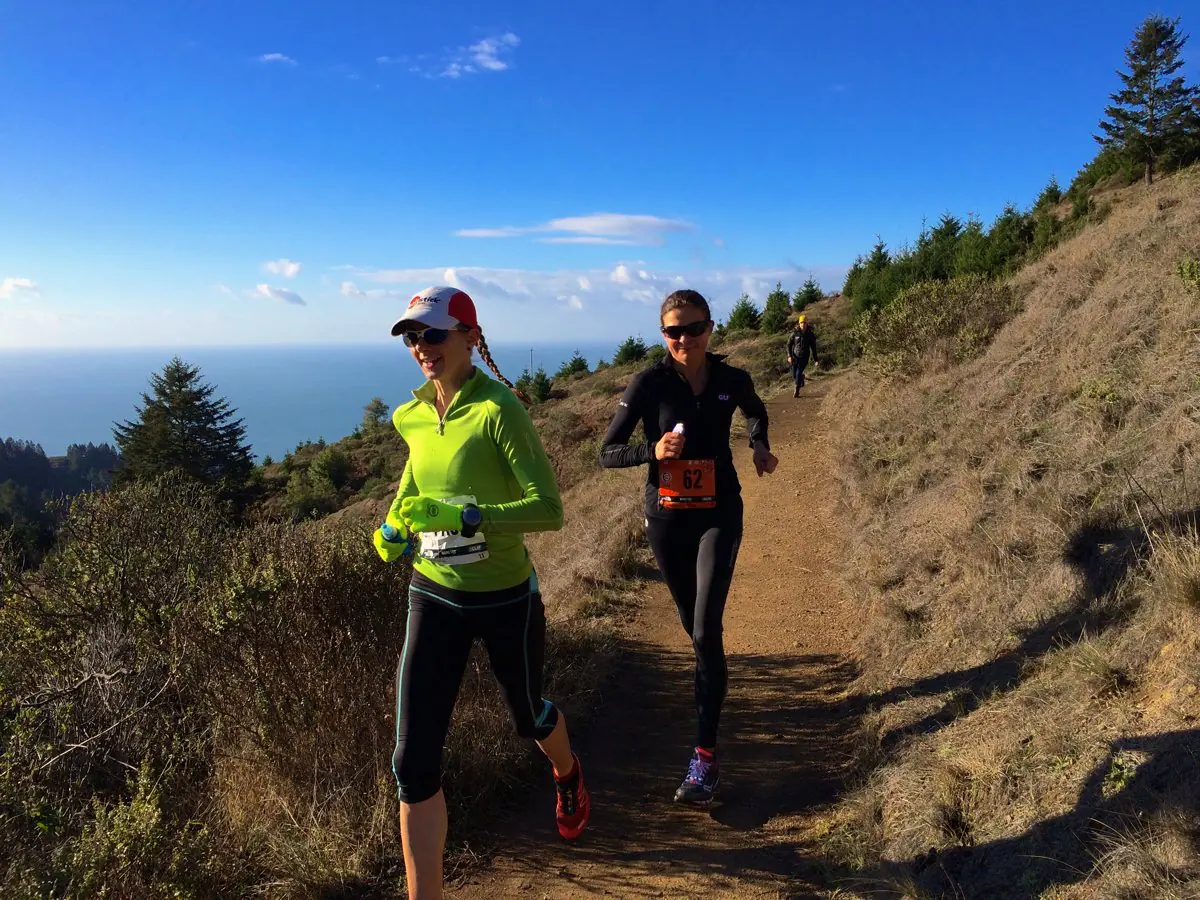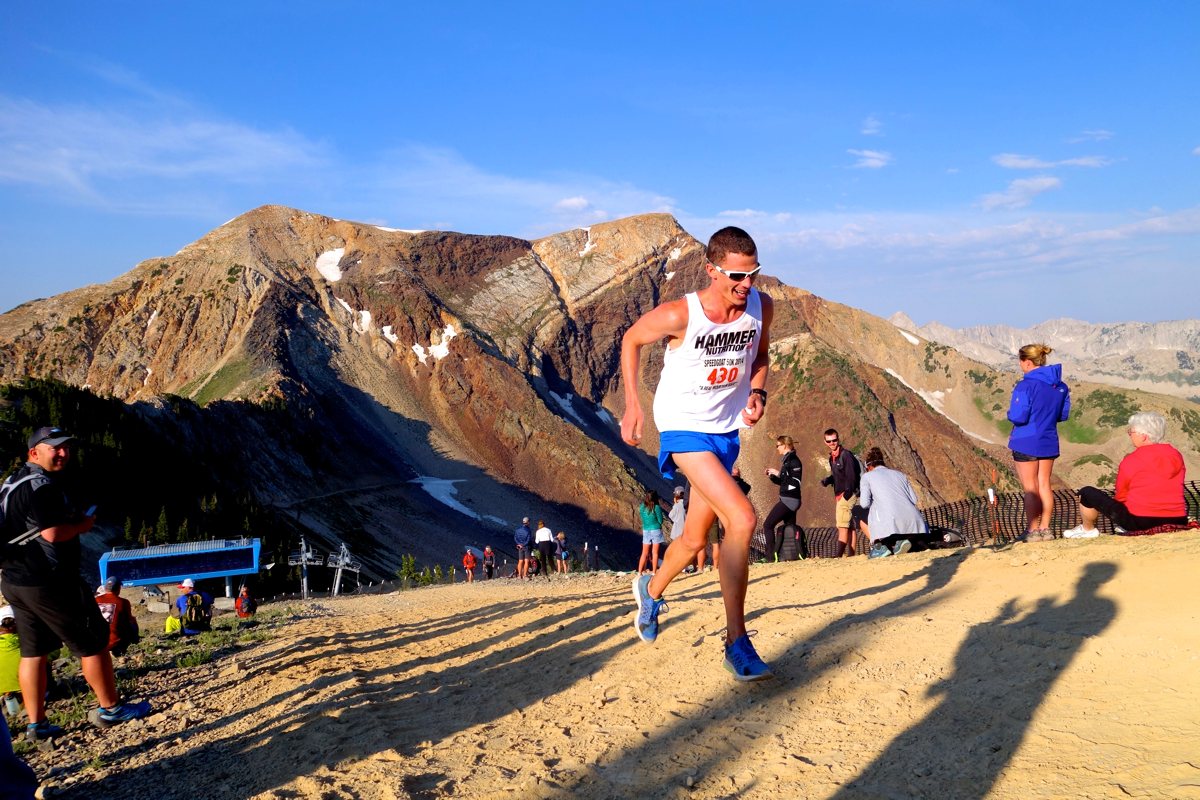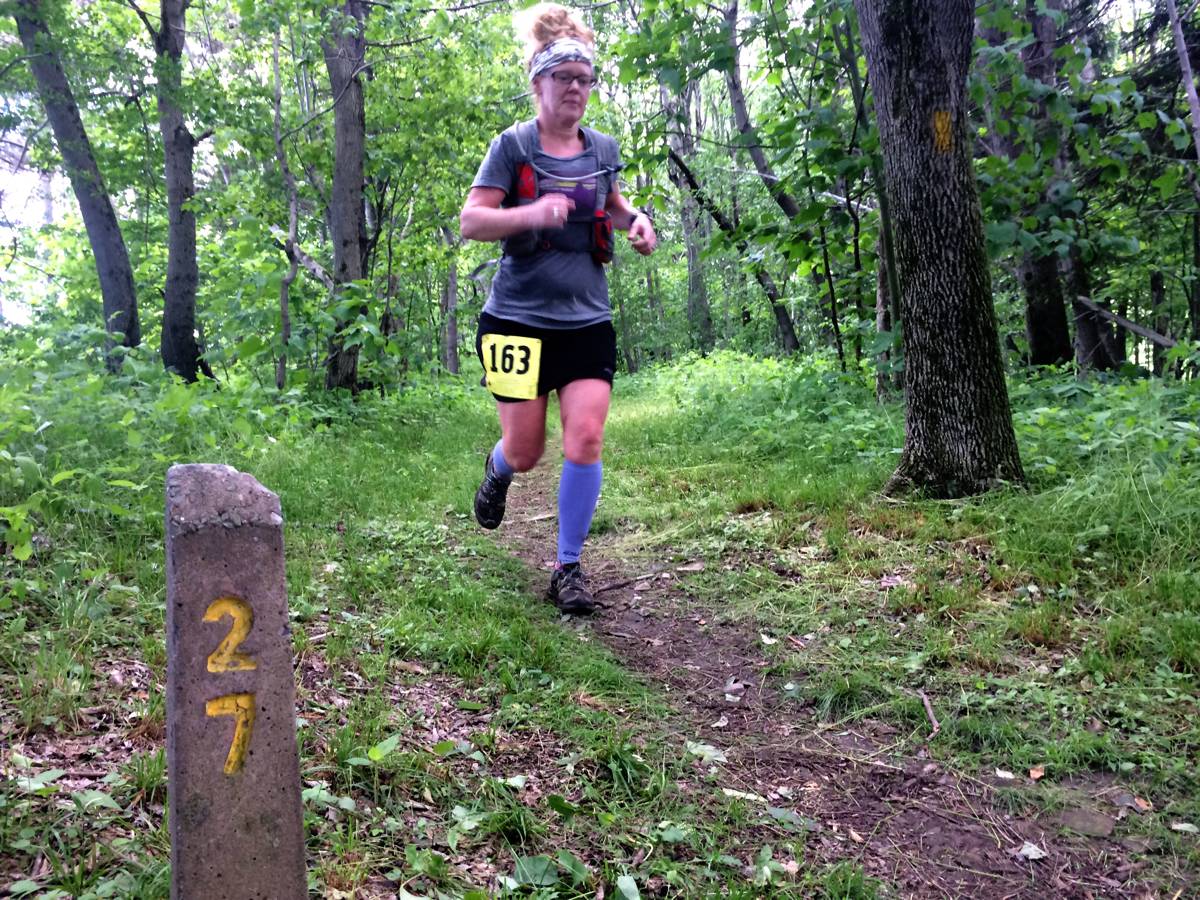The transformation from first-timer to experienced ultrarunner is an evolution that can’t be rushed. After my first ultramarathon 30 years ago, I couldn’t climb or descend stairs without holding onto walls or people for support, and I had to crawl into the bathtub. It took weeks before I could run without every muscle and joint aching.
Two hundred and twenty-three ultras later, I’ve discovered that, even with faster finishing times, post-race crawling isn’t a given and a recovery run the day after an event isn’t out of the question.
Adaptation is defined as the physiological and psychological changes that allow us to improve. It’s the underlying reason why we keep coming back to test our limits by running farther and faster. Let’s face it, without these improvements, this would be a pretty boring sport. We’d never get used to the mileage, and we’d simply remain at one fitness level forever.
Unfortunately, our bodies don’t change overnight. It takes years to see significant jumps in our running fitness. One of the biggest training mistakes I’ve observed as a coach is that many new-to-ultrarunning athletes attempt to cheat the adaptation curve by pushing the envelope too often, and they quickly wind up hurt and burned out.

Magdalena Boulet (center, in black), an Olympic marathoner making her ultramarathon debut at the 2013 The North Face 50 Mile Championships. Photo: iRunFar/Bryon Powell
First-time ultrarunners usually fall into two groups:
- New Runners — These athletes have a short running history (a year or two at most) but have discovered that they love to run. Inspired by friends who have finished an ultra, they are curious if they can too.
- Marathoners — Finishers of one or more marathons are excited by the prospects of the next challenge. These runners like to race, set PRs, and know the significance of the clock. They’ve completed the training that got them across a marathon finish line and enjoyed the experience. They now want to explore what lies beyond the 26.2-mile mark.
There are, of course, exceptions to these groupings. I am one. I ran competitively in high school and college. Though I hadn’t run farther than 15 miles in a single run, I found I preferred longer trail runs and hikes after my competitive college career was over. I skipped the marathon experience in favor of the JFK 50 Mile as my ultra debut.
For the purposes of this piece, we’ll lump the experienced non-marathoner, like me, into the “marathon runners” category. Another exception is the athlete who’s mastered another sport, like cycling or swimming. They have huge aerobic engines, but their bodies aren’t used to a high-impact sport. We’ll place them into the “new runners” category, but they should continue to practice their primary sport to keep their cardiovascular system in tip-top form.
Let’s explore the ways these two types of ultra newbies can safely approach their first few years in the sport.
Where to Start?
It’s important that first-timers not bite off more than they can chew. Below are guidelines that newcomers should follow.
- New Runners — Definitely stick to the 50-kilometer distance for your first dance. Even though you’ll practice dialing in all the variables in training, expect a few hiccups with your pacing, equipment, nutrition, hydration, or some never-before-experienced muscle soreness. Apply what you learn the first time to your second ultra, which should also be a 50k. After a few finishes at this distance, you’ll gain the confidence and knowledge you’ll need for the next step, a 50-mile race.
- Marathoners — Because of your marathon background, you have more freedom than the new runner in this regard. In fact, ultra veterans often use marathons as training runs for 50-mile events. Essentially you have the basic training, fueling, and pacing experience needed to give 50 miles a go if that’s your desire. However, if you’re still apprehensive about running twice as far as you’ve ever run before, try a 50k first.
Save the Ultramarathon Distances for Race Day
Finishing a long-distance race is mentally and physically demanding. Avoid emulating race-day demands like digging too deep too often in training. Here are some reasonable parameters to follow:
- New Runners – All you must do for your first ultra is to keep your volume consistent and conservative. Covering ultra distances in training is risky and unnecessary. Instead, focus on these goals: Build up to where a once-a-week, two- to three-hour easy-effort long run (including hiking breaks) feels easy. Don’t concern yourself with the distance covered. Spend time figuring out your pacing, equipment, and hydration and nutrition regimen. Fill the remainder of the week with two to three more easy runs lasting between 30 and 60 minutes. Accumulate an average of four to six hours of running per week for at least three months, and you’ll be ready to tackle an easy to moderately difficult 50k.
- Marathoners – Your training background will allow you to handle the volume and, possibly, added intensity for your first ultra build-up. If your goal is a 50k, long runs should mimic, in distance, those from your marathon training. Keep in mind that trail runs take longer than running the same distance on the road. These same marathon long-run distances are also appropriate for your first 50-mile training build-up. However, you may wish to throw in back-to-back long runs every two to three weekends in the peak training weeks. Limit the second long run to roughly half to three-quarters the length of the first day’s run. If you’ve done stamina and speed workouts in the past, continue to add those to your training, but be sure to include extra recovery before and after so you’re rested before your weekly long run(s). Your weekly mileage will be the same as when you were training for a marathon, but the volume is redistributed.
Respect the Recovery
Feeling good is the goal! Soreness and fatigue are logical consequences of beneficial ultramarathon training, but neither should be a constant. In fact, you’ll know you’re training correctly when, as you progress, your runs leave you feeling invigorated rather than run-down.
- New Runners — It can be difficult for a new-to-running athlete to determine the difference between good and bad pain and fatigue. It’s hard to tell if exhaustion brought on by training is part of the beneficial training process or is leading to burnout. Seek help until you know the difference. Build a rapport with a mentor, coach, or physical therapist who can help answer any questions or modify your training as needed.
- Marathoners — You learned during marathon training what your body and life schedule could accommodate. Don’t abandon those principles when you step into the ultrarunning world.
- Everyone — Every first-timer should take, at minimum, four weeks of recovery after your first ultra. Don’t worry about losing fitness. Substitute your weekly runs with swimming, hiking, biking, or yoga. You may throw in the occasional run as long as you keep it to an hour or less.

Jim Walmsley running his second ultra at the 2014 Speedgoat 50k, shortly after his ultra debut. Photo: iRunFar/Bryon Powell
Applying This ‘Newbie Guide’ to a New Runner
Here is an example of how we successfully implemented this advice for a new runner.
Carol Ann Lussenden, 44, Wisconsin
Goal: Crown King Scramble 50k (Arizona)
Running History: Before we started working together, she had only been running recreationally for nine months.
Plan of Attack:
- Log consistent 10- to 35-mile weeks (44 miles/week being the most) during an 18-month lead-in.
- Implement regular hiking breaks (roughly after each mile) to keep a troublesome hip from flaring up
- Use the treadmill during an awful winter to keep fit and safe
- Occasional use of a stationary bike for cross training
- Utilize local road half marathons and a trail 25k as training races
Results: Carol Ann finished Crown King in 8:55 with a smile on her face.
Applying This ‘Newbie Guide’ to a Marathon Runner
And here is an example of how we successfully implemented this advice for a marathon runner.
Emily Torrence, 26, Virginia
Goal: JFK 50 Mile (Maryland)
Running History: Olympic Marathon Trials Qualifier, extensive high school, college, and post-collegiate racing experience.
Plan of Attack:
- Capitalize on current marathon fitness by continuing to log 70- to 100-mile weeks
- Limit long runs to 26 miles
- Introduce a few back-to-back long runs on alternating weekends
- Maintain speed by keeping weekly tempo and/or track sessions in the plan
- Occasionally train with partners who are a touch faster
- Train on the course when able
- Allow for two days of recovery between tough efforts
Results: Emily finished second woman to Ellie Greenwood in 6:17, the then second-fastest time ever on the JFK 50 Mile course, and earned a trip to the Western States 100 through the then Montrail Ultra Cup.
Conclusion
Setting the goal to finish an ultra is as inspiring as it is reasonable. This is a sport in which everyone can participate. However, I believe that first-timers shouldn’t enter the arena with the belief that this is a one-and-done proposition. I know from experience that it’s next to impossible to get it right or to be completely satisfied after your first finish.
Instead, start out gradually, enjoy the process, and eliminate rookie mistakes by heeding your body’s need to recover, setting realistic goals, and training within reasonable parameters. By the time ultra number 223 rolls around, you probably still won’t have it completely figured out, but at least your body and mind will be ready to handle any unexpected hurdles.
Call for Comments
- We all were ultra newbies at some point. Are you an ultra newbie now, or when were you one? And what kind of ultra newbie were you, a “new runner” or a “marathoner?”
- In your experience so far, have you roughly followed Ian Torrence’s suggested plan of easing into ultras, or did you take a more aggressive approach?
- Do you have any other useful ultra-newbie advice you’d add to this article? Please share!
[Editor’s Note: As one of iRunFar’s best training articles, we’ve worked with author Ian Torrence to update this article before resharing it.]

